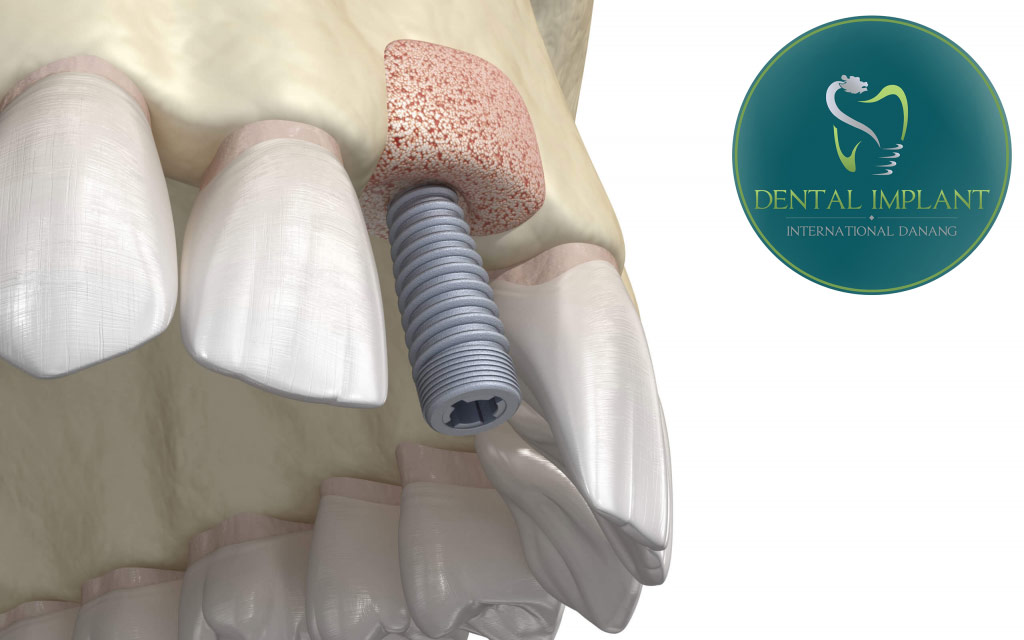Dental Bone Graft is a dental procedure that adds bone at defect bone areas.
The dentist makes an incision in the jaw and grafts other bone material to the jaw. This grafted bone will connect with old bone plates, grow and produce new bone cells.
Bone grafting technique can be used for many different purposes; however, it is the most common needed if further procedures such as dental implants.
If the jaw bone lose density, the dental Implant will be very difficult to integrate and may cause failure.
In addition, the weak bone leads to resorption due to the pressure from the Implant every time you chew, which will eventually damage the dental Implant.
Therefore, the surgeon is required to be skilled and proficient.

Dental Bone Graft is a dental procedure that adds bone at defect bone areas.
The patient who has long-term tooth loss, jaw bone resorption: The jaw bone related to the missing tooth will be to lose after tooth loss, and the degree of bone loss will be different depending on each person. Therefore, it is necessary to bone grafting before Implant or during the same transplant surgery.
Nowadays, there are 4 main types of bone grafts: Autograft Bone Graft, Allograft Bone Graft, Xenograft Bone Graft and Alloplast Bone Graft.
However, two main types of bone grafts are commonly used:
Autograft: remove bone from the body of patient, typically from the chin or hard palate and graft it into the missing gap. The benefit of an autograft is the low risk of bone graft rejection. On the other hand, this type of bone graft means that doctor will have to create an incision on another area of the body.
Alloplast Bone Graft (Synthetic bone graft): Most commonly used in dentistry. Safe and effective.
Depending on the type of bone graft and the level of bone graft, the cost varies.
